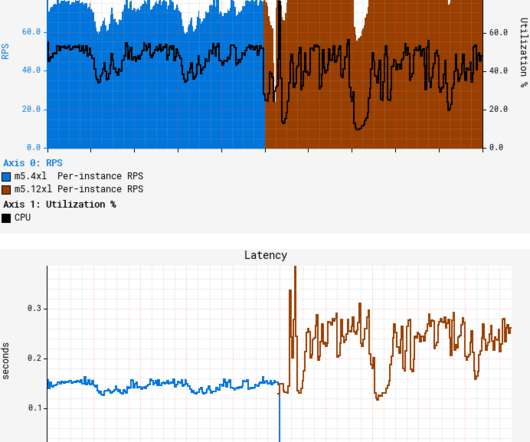Bring Your Own Cloud (BYOC) vs. Dedicated Hosting at ScaleGrid
Scalegrid
APRIL 16, 2020
Where you decide to host your cloud databases is a huge decision. You have to choose your hosting model, a cloud provider, and then your primary and standby regions to deploy to. What is ScaleGrid’s Bring Your Own Cloud Plan? Here are the databases and cloud providers supported through each model: Supported Databases.


























Let's personalize your content